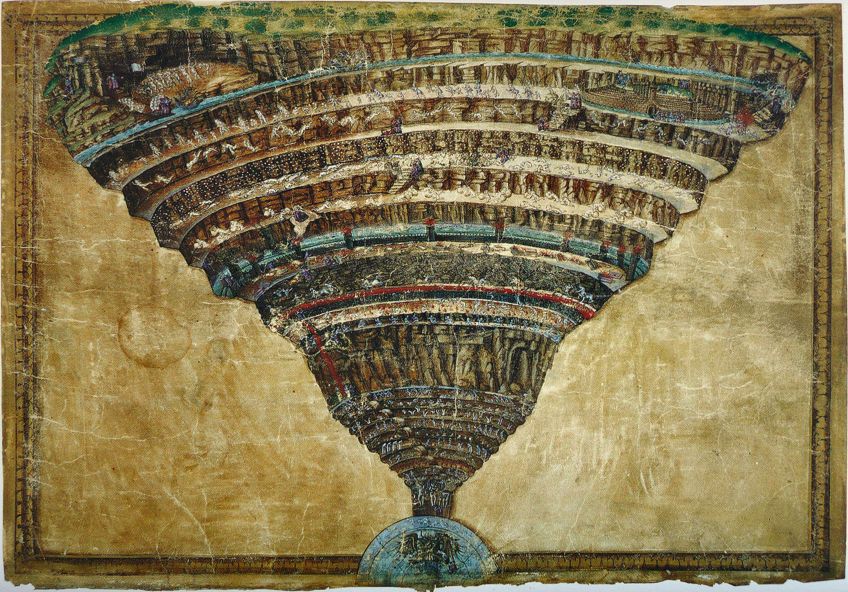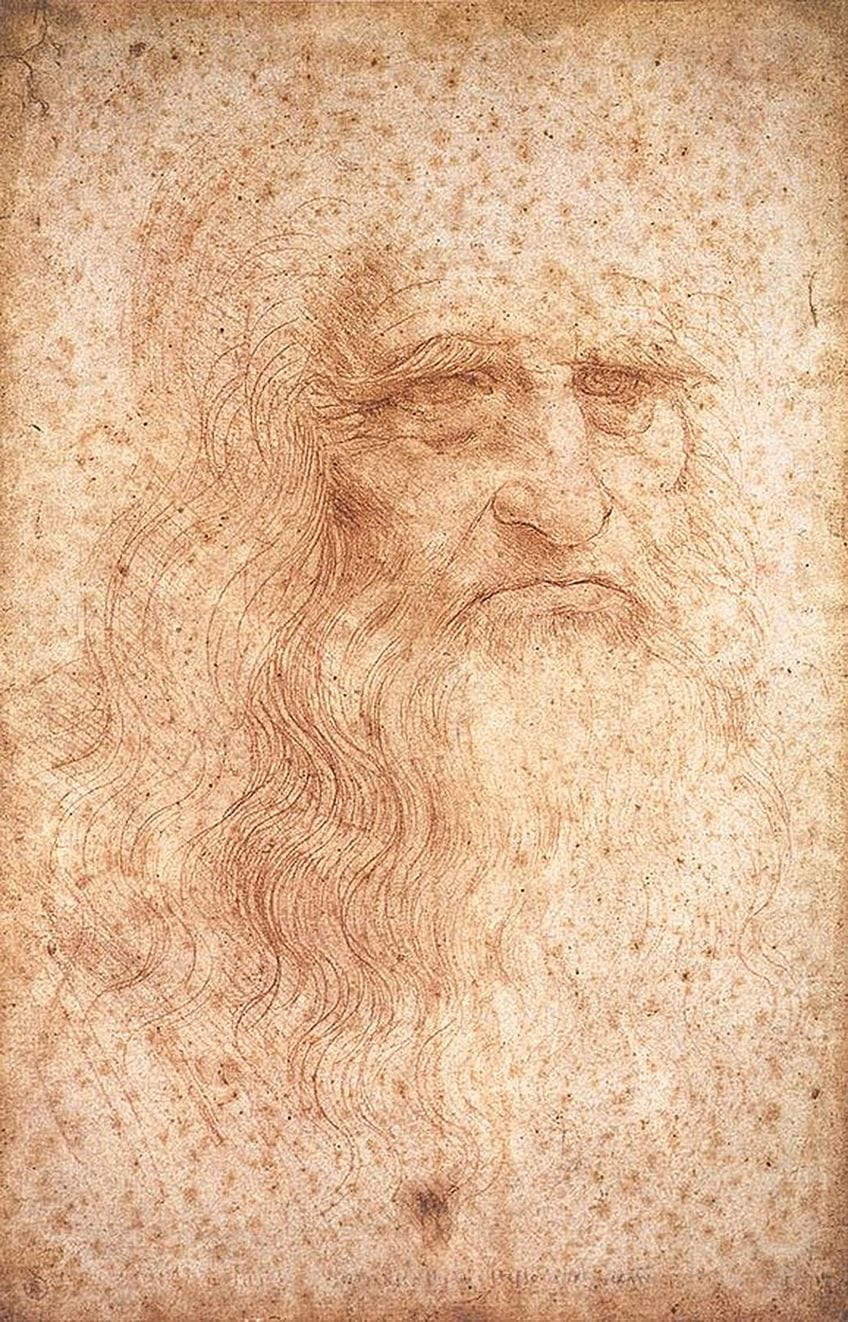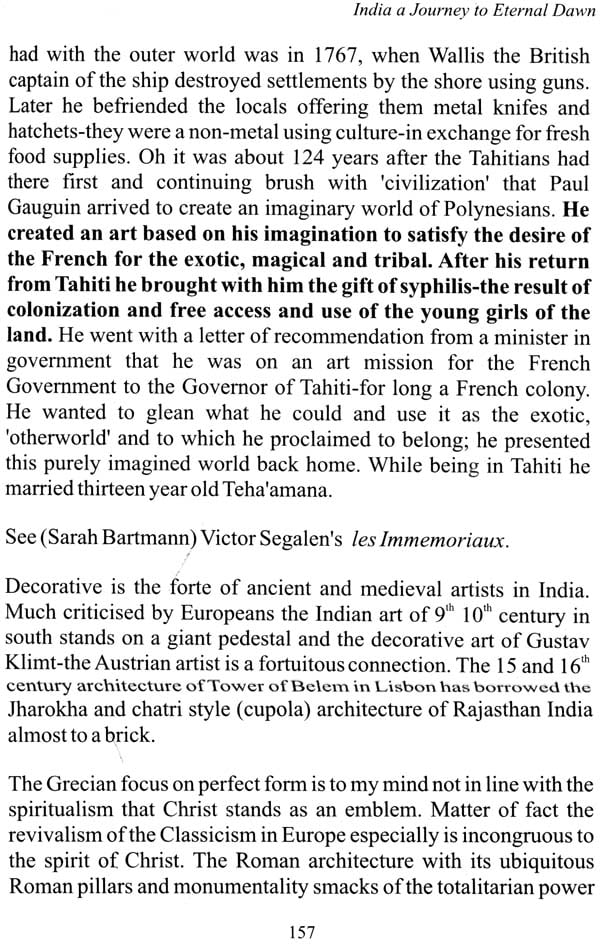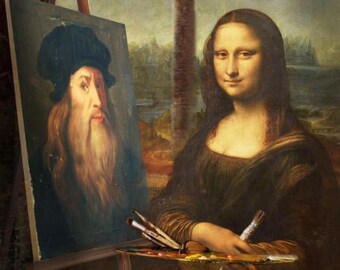The Mona Lisa, also known as La Gioconda or La Joconde, is a 16th-century portrait painted by the Italian artist Leonardo da Vinci. It is one of the most famous paintings in the world and is known for its enigmatic smile and the subtlety of its composition. The Mona Lisa has also been the subject of numerous interpretations and has been linked to various artistic movements, including humanism.
Humanism is a philosophical and cultural movement that emerged in the 14th century and emphasized the value and agency of human beings. It rejected the idea that humans were merely instruments of divine will and instead posited that humans had the capacity for rational thought and moral action. Humanism was a significant influence on the arts, especially during the Renaissance, and many works of art from this period reflect humanist ideals.
The Mona Lisa is often cited as an example of humanist art due to its focus on the individual and the way in which it portrays the sitter as a complex and fully realized person. The painting is a portrait, which traditionally focuses on the individual rather than on broader social or political issues. The Mona Lisa is also notable for its subtlety and lack of overt symbolism, which allows the viewer to contemplate the sitter's personality and emotions.
In addition to its focus on the individual, the Mona Lisa also reflects humanist values through its use of realism and naturalism. Leonardo was known for his meticulous attention to detail and his ability to capture the subtle nuances of the human form and expression. The Mona Lisa is a prime example of this, as the sitter's face is rendered with incredible realism and the painting as a whole exudes a sense of naturalism.
Furthermore, the Mona Lisa's enigmatic smile has been the subject of much speculation and has been seen as a reflection of humanist ideas about the complexity of human emotions. Some have interpreted the smile as suggesting that the sitter is hiding something or that there is more to her than meets the eye. This interpretation aligns with humanist ideas about the complexity of human nature and the idea that people are not always transparent in their feelings and motivations.
Overall, the Mona Lisa is a masterpiece of humanist art that reflects the values and ideals of the Renaissance humanist movement. Its focus on the individual, realism, and naturalism, as well as its enigmatic smile, all contribute to its enduring appeal and significance in the art world.
The Humanism of Da Vinci's "Mona Lisa" and Michelangelo's "David"

Is it possible that Italians were the ones who actually got inspired by the manifestations of the Northern Renaissance? At the level of her heart, men are permitted to move about, but at the level of her head, thoughts remain untamed. Before the Renaissance liberated the thought of the public, most artworks focused to eulogize the holiness of God. Many Leonardo da Vinci was many things. By Spahic Omer Renaissance humanism manifested itself mostly in philosophy, art, architecture, literature, science and technology. Answer: Popular sans serif fonts include Helvetica, Avant Garde, Arial, and Geneva. However, to do so, imposing canons and enforcing standards — especially those of conventional religions - are not welcome. These elements of his painting reflect the basic ideas of humanism as an emphasis on nature, on equality of every man and on the need to reject the outer chains of a material culture.
Da Vinci's Painting: The Mona Lisa

Desiderius Erasmus was a Nederlander humanist who composed about the imperative humanistic element involving true Christian praise, that blind beliefs or simply pursuing the outward expressions with the house of worship was not satisfactory for a genuine faith. In its strictest interpretation, this worldview does not allow for the existence of God, therefore man is left to construct morality for himself in order to establish civilized, ethical culture and society. Humanism is a moral philosophy that drew inspiration from classical antiquity and had significant influence on the work of Italian Renaissance artists. Together with Mona Lisa, David is the most studied and most explored piece of art. He has everything to win and nothing to lose. And finally, such art was a portal to another dimension in quest of the truth affirmation and self-actualization.
Mona Lisa And Renaissance Humanism • blog.sigma-systems.com

When Leonarod did this it makes the person very real Mona Lisa, La Giaconda, n. What he needs more than anything else is to triumph over his weaknesses and fears and to be resolute and ruthless. Proxima Nova is a very popular sans serif font. It makes us a community. Inside of its strictest presentation, this worldview would not allow for typically the existence of The almighty, therefore man is definitely left to set up values for himself inside of order to build civilized, ethical traditions and society. The reason behind this, aside from the incredible details and blends of color, but rather the mystery and different theories behind this painting. It is said that art is the daughter of religion and that every art in a way is a religious art, in the sense that it embodies, plus disseminates, sets of beliefs, standards and values.
Mona Lisa Humanism

Humanism is the idea of potential and achievements the study of subjects, such as literature,history, and philosophy. One day, maybe, heaven may need him. There was less and less ambiguities in those depictions, and even if there were some, they were cleverly manipulated for the sake of giving emphasis to the intended clarity and vitality. The landscape showing depth helps the viewer focus on the women. She epitomizes liberty and keenness. She watches over the world, timidly expresses, but readily shares her emotions, and ultimately invites to her world of originality and wonders.
Humanism In The Mona Lisa By Leonardo Da Vinci

They featured full-fledged personalities, identities, emotions and passions, to the point that sensual and sometimes outright erotic elements were applauded under the pretext of expressing liberty and optimizing humanness. The Mona Lisa clearly represents the philosophy of the humanism by representing the focus of the human being and realism. That said, Mona Lisa denotes a revealed testament of humanism. She epitomizes liberty and keenness. They impair life and disfigure beauty. Although no one really talks about Renaissance being an obvious era of some of the greatest and most innovative masters of painting, sculptures and builders.







